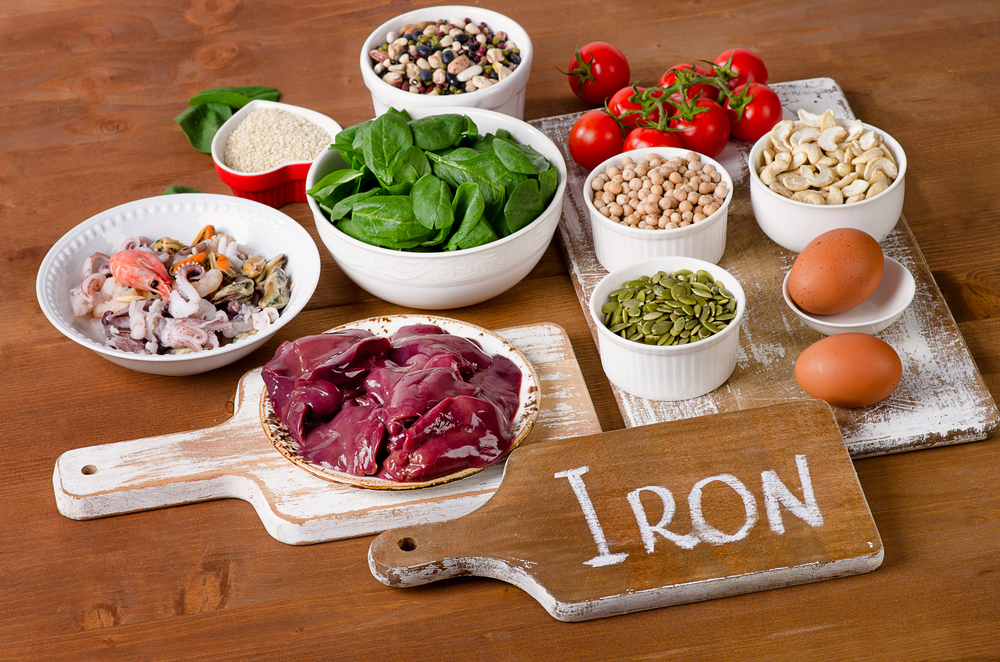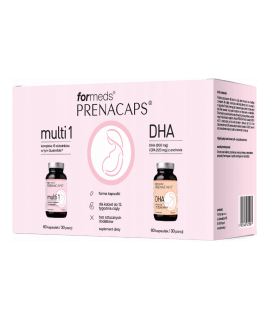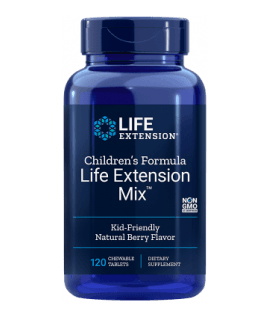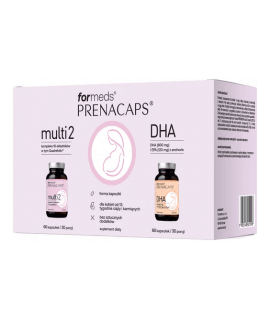As the mum of a teenage girl I can see first-hand the lifestyle she leads. I don’t think she is unusual, just a typical teenager. I have experienced the stresses of revising and taking exams and the amount of time that goes into supporting a teenage girl’s busy life.
But why focus on teenage girls and not boys? There are some reasons to focus a little more on girls than boys, but that doesn’t mean boys don’t have most of the same nutritional requirements as girls and lead very similar lives to them.
Teenagers
That age between 13-19 sees our children grow into adults and go through some very complex hormone changes, all a time when they are becoming more independent and start to express their own views and desires on how they want to live and spend their time. Teenagers at this time could be spending time playing sport, socialising, working part-time, staying up late and getting up early. They could also be experimenting with food. Many teenagers tend to eat for fuel and may pay very little attention to what they are eating, and hence spend a lot of time perhaps eating fast foods low in nutrients. They also could be experimenting with particular food choices to suit their personal beliefs such as vegetarianism, veganism or omitting certain food groups. Following particular diets, whilst in itself does not need to be a problem, if a teenager is omitting particular food groups without ensuring the rest of their diet is nutritionally balanced and dense, they could be unwittingly causing themselves to be malnourished.
As a nutritionist I know what a balanced meal should look like, however I was a little shocked when recently my teenage daughter was diagnosed will low iron stores. Her diet is not deficient in iron, but when I thought about her lifestyle – playing lots of sport, socially active and heavy periods the penny dropped. She is simply losing more iron than is consuming. This led me to think more about the nutritional needs of teenage girls.
Iron
This essential mineral is more commonly deficient in teenage girls than any other gender or age group. Approximately 44% of teenage girls have exceptionally low iron intake levels compared to 5% of teenage boys, and their needs are greater! Iron is important for carrying oxygen in the blood to all of our cells. A deficiency results in tiredness and lethargy and ultimately anaemia. Teenage girls are more deficient in this mineral simply because they have periods, perhaps play sport which results in iron loss and maybe experimenting with a special diet, particularly vegetarianism or veganism. There is no need to be deficient in iron if a vegetarian or vegan diet is rich in iron from non-animal sources, but it needs special attention to ensure needs are met. Typically, a teenage girl needs 14.5 mg/day of iron (as do all menstruating females). It’s also worth knowing that iron from non-animal sources known as non-haem iron is not as easily absorbed by the body as haem iron, so more needs to be consumed. Vitamin C aids the absorption of iron, and tea and coffee can prevent absorption. If a menstruating woman cannot meet these daily requirements for iron through their diet the British Nutrition Foundation recommends that a supplement is taken.
Dietary sources of iron
As a nutritionist I recommend ensuring iron requirements are met though diet, and only take supplements if this is not possible, or if a medical professional recommends supplementation. Our bodies are normally very capable of regulating iron levels, but some people are not fully able to regulate levels, so care must be taken is supplementation is used. Always take medical advice if you plan to use supplements. It is difficult to ‘overdose’ on iron through diet, but a diet where iron intake is in excess is not healthy or advisable.
Some foods that are rich in haem iron include meat (darker the meat the higher the iron content) and fish, eggs, fortified foods such as cereals, beans, lentils, nuts, seeds, dried fruit and dark green leafy vegetables.

Vitamin B12
Typically, a teenage girl (or boy) following a vegetarian or vegan diet that is not nutritionally balanced will become deficient in vitamin B12 possible leading to pernicious anaemia. This vitamin needs special attention for this group because it can only be obtained from animal sources. A teenager or an adult for that matter omitting foods from animal sources, should probably take a supplement or ensure they are eating fortified foods containing vitamin B12 to ensure their dietary needs are met. Teenagers (and adults) need 1.5 micrograms/day.
Fruit and vegetables
Girls aged between 11-18 eat on average 2.7 portions of fruit and vegetables a day, only 7% get 5 a day. Boys eat slightly more and 14% get 5 a day. This is shocking! At a time when nutritional needs are at their highest due to growth, hormone changes, lifestyle and energy needs our teenage girls are deficient in many nutrients that are obtained from fruit and vegetables. Public Health England recommends 5 or more portions of fruit and vegetables a day, where a portion is generally the size of the palm of our hand.
Fruit and vegetables provide many nutrients, but particularly for girls whose iron needs are higher than boys they need the vitamin C to ensure optimal absorption of iron from the diet or indeed from supplementation. Fruit and vegetables are a key source of vitamin C.
Fibre
Our daily consumption of fibre should be 30 g/day. Many people are not consuming enough fibre. If teenage girls are restricting their consumption of carbohydrates (as some do due to social media influences) and they are not consuming enough fruit and vegetables, then they will not be consuming enough fibre. Fibre is essential for good gut health which has an impact on wellbeing and it could be argued mental health. Ironically girls who may try to reduce bloating could be cutting out fibre by reducing intake of carbohydrates, when in fact fibre could help motility through the gut and reduce bloating. There is emerging evidence to suggest that gut health influences our mood. A healthy gut can lead to good mental health and a reduction in low mood. Something teenage girls increasingly report on.
Conclusions
Teenage girls generally have low iron stores due to their lifestyles and menstruation. They might also be following a restrictive diet, playing sports and be socially active. Their bodies go through many hormonal changes during the teenage years and they are under pressure to revise and pass exams. Vitamin deficiencies caused by diet choices and low intake of fruit and vegetables as well as low fibre intake can all lead to a feeling of poor wellbeing and low mood
Ensuring their diet is healthy and well balanced is doable and can reap many benefits. I know it’s difficult to pin down a teenager and make them eat properly, but it’s worth persevering and trying to make sure they eat plenty of fresh fruit and vegetables, lean protein, fibre rich food and take iron supplements if advised by a GP.









